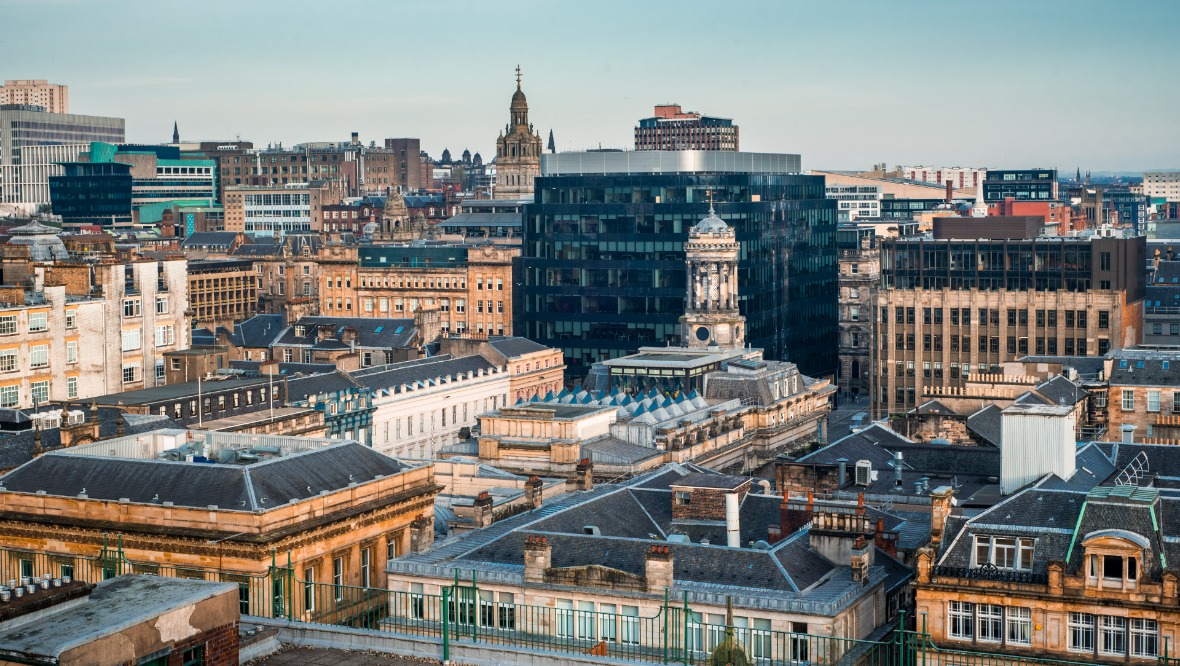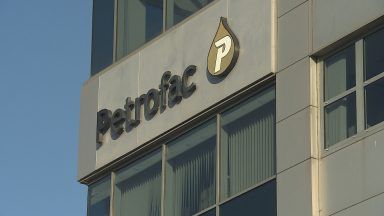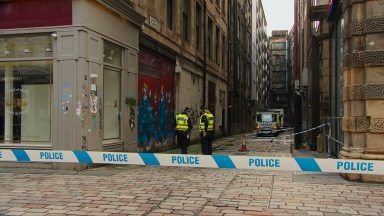Glasgow is at risk of suffering from an “urban heat island” effect due to hotter summers – meaning it could get warmer than surrounding areas.
Residents should brace themselves for hotter, wetter, drier and stormier conditions with the weather set to become even more changeable than it is already.
An urban heat island occurs when a city is hit by much warmer temperatures than nearby rural areas because of the buildings and man-made structures absorbing heat. One of the best known examples is New York City.
The warning came as a council officer presented climate risks to politicians this week during a presentation on the council’s “adaptation plan”.
The council has used Met Office projections to visualise what the city’s weather will be like in the future.
A council officer told the net zero and climate progress monitoring city policy committee: “We are to expect longer, drier summers and milder wetter winters with more changeability in our weather even by Scottish standards. There will also be an increased frequency and intensity of extreme weather events.”
A heatwave in Glasgow is classed as three consecutive days when the temperature goes above 25 degrees according to the Met Office, the official explained to the committee.
She said: “We are likely to see these events becoming more frequent and more intense particularly in the city centre and areas of the city that are more densely populated.”
She also warned of extreme downpours putting pressure on drainage infrastructure.
The official said in the future there is also a possibility of coastal flooding impacting Glasgow for the first time ever – due to the tidal nature of the Clyde sparked by storm surges and sea level rises.
The adaptation plan sets out how the council intends to react to climate changes.
While presenting the plan, the official said adaptation is about making adjustments to climate impacts to maximise opportunities and minimise risks.
Outlining the effects of the climate, she said there is an increased risk of flooding as well as an impact on how buildings perform and infrastructure. The official also pointed out it could affect the health and well-being of people.
The officer presented climate risks to councillors which included an increased “urban heat island” effect, more energy use in the summer, damage to property from weather and disruption to public transport among other problems.
A council statement released on the adaptation plan recently said: “It will assess risk and vulnerabilities on the city’s existing buildings and push for action within the City Development Plan to mandate green roofs for new or retrofit buildings over a certain size threshold and require developers to include adaptation designs within projects like green roof/walls and rainwater collectors and promote the use of permeable surfaces.”
It added: “A key focus with also be to work with transport partners to better prepare for extreme weather events to minimise the disruption for those using public transport.”
Follow STV News on WhatsApp
Scan the QR code on your mobile device for all the latest news from around the country


 iStock
iStock

























